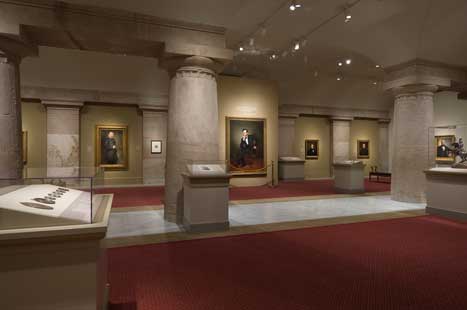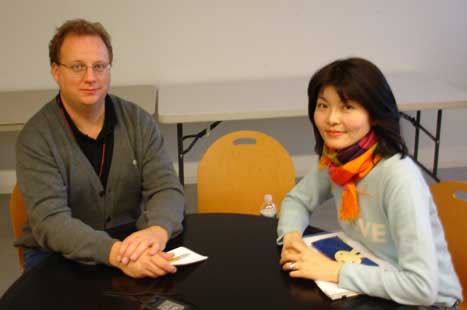A Global Perspective: The Origins of National Portrait Galleries
Saki Yokoyama Tsuiki spent two years researching at the National Portrait Gallery. From March 2004 to March 2006 she explored the museum’s operations—education, curatorial, and marketing. Because NPG was in the final phases of its six- year renovation, she was a witness to the process of gallery reinstallation.
What follows is a summary of her observations, accompanied by an interview she conducted with the NPG’s Warren Perry in October 2008. Saki Yokoyama Tsuiki is the curator of education at the National Museum of Western Art, Tokyo, Japan.
Throughout my two-year stay as a fellow at the National Portrait Gallery, I came to think that the notion and existence of a “portrait gallery”—regardless of where it is—is embedded in Anglo culture. One finds portrait galleries in London, Edinburgh, Dublin, Washington, Wellington, and Canberra. The Pantheon in Paris is a similar institution and could easily be added to the list; although, while portrait galleries contain images of representation (paintings, sculptures, prints), the Pantheon is instead a crypt.
Portraiture in Anglo culture and notion of a portrait gallery can be traced back to the British art-historical tradition of such eminent portrait painters as Anthony Van Dyke and Joshua Reynolds. But looking from a different cultural context, it is unlikely Japan would ever have such an institution.
One of my assumptions is that the need—or the lack of need—for a portrait gallery might be attributed to different styles of presenting or representing notable and powerful people in different cultures. For instance, until the nineteenth century, when Japan entered a period of modernization, the emperor did not show himself to the public very often. Some emperors left their portraits, but not all are represented visually, as are the American presidents in the Portrait Gallery’s collection. Also, Japanese nobles scarcely held the custom of commissioning their portraits at important life events, such as marriage, as did Western kings, queens and nobles. This open versus hidden way in which individuals represent themselves presents a clear contrast between Western and Japanese culture.
>> Listen to an interview with Saki Yokoyama Tsuiki (8:24)

